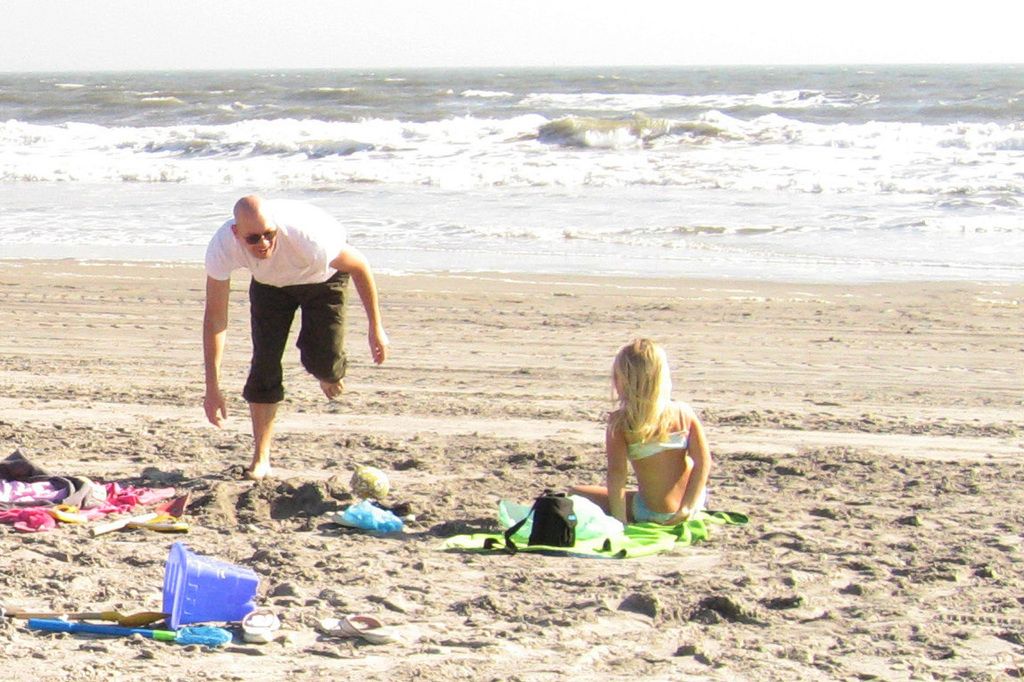European Union Healthcare Enhancement Drive Launched by Commission to Elevate Health Services
Sliding Prosthesis Offers Gentler, More Functional Alternative for Knee Problems
Oberhausen, Germany — For individuals grappling with knee problems, a prosthesis is often the next step, typically in the form of a total prosthesis. However, a less invasive alternative — the sliding prosthesis — can offer a more gentle, functional solution in the long run for suitable cases, according to Dr. med. Ahmed Elmenshawy, Chief Physician for Orthopedics and Trauma Surgery at AMEOS Clinic St. Clemens Oberhausen.
Understanding the Sliding Prosthesis
Also known as a monocompartmental knee prosthesis, a sliding prosthesis does not replace the entire knee joint but only the affected part, usually the inner (medial) joint surface. This leaves much of the patient's natural knee intact, with ligaments and healthy cartilage structures left undisturbed.
** suitable for Whom?**
This partial prosthesis is specifically beneficial for unilateral cartilage wear — usually on the inner side of the knee — and is particularly appealing to active, younger to middle-aged patients between 40 and around 50. Older or much younger patients may also be candidates if their wear is limited to a specific area. A thorough clinical examination is crucial, as imaging alone is not always sufficient.
Advantages and Benefits
The primary advantage of a sliding prosthesis is the preservation of the anatomical function of the knee, resulting in a more natural feeling of movement. Compared to a total prosthesis, patients often report a more familiar sensation in their knee with a sliding prosthesis. The procedure is also minimally invasive, with a smaller skin incision, faster healing, and higher satisfaction rates in scientific studies when appropriate.
Speedy Recovery and Daily Life
Patients can usually begin putting weight on the operated leg the day of surgery or the next day. After a few days, a flexion of 90 degrees is typically achieved, a typical discharge requirement. A short stay at a hospital or an outpatient rehabilitation may follow. Most patients are home in three to five days and back to their daily lives after two to three weeks of rehabilitation. Driving a car is possible again after about four weeks, with mobility dictating the timeline.
Sports with a Sliding Prosthesis
Unlike a traditional knee prosthesis, there are fewer restrictions with a sliding prosthesis. Activities such as cycling, swimming, or even climbing can be pursued with appropriate fitness levels. This underscores the Partial prosthesis's ability to meet high-demand requirements when appropriate.
Later Total Prosthesis
A common misconception is that switching to a total endoprosthesis becomes problematic. However, Dr. Elmenshawy asserts that the sliding prosthesis actually makes this transition easier, as it spares bone. Only a small part of the joint surface is removed, leaving the rest of the bone structure intact. If a total prosthesis is needed after 10 to 15 years, the switch is technically straightforward — with half the work already done.
Appropriate Diagnostics for Sliding Prostheses
A thorough clinical examination, coupled with details from an extensive anamnesis, targeted tests, and an open dialogue, is vital for determining whether a sliding prosthesis is truly the right choice. Factors like a person's profession, lifestyle, and goals help to determine the fit.
Informed Patients and Enlightenment
Dr. med. Elmenshawy often encounters well-informed patients who have extensively researched the topic of joint replacement. Yet, despite this growing knowledge, the sliding prosthesis remains relatively unknown as a treatment option. Thus, comprehensive education, combined with honest consultation and realistic expectations, is all the more important.
AMEOS Clinic's Approach
At the AMEOS Clinic St. Clemens Oberhausen, a holistic approach is at the forefront of their work. The combination of state-of-the-art technology, precise medical assessment, and honest communication ensures that patients receive the most suitable solution — tailored to their needs, comprehensive, and sustainable.
Individuals grappling with knee pain should seek early consultation. There are often more options than one expects, and a small intervention with a significant impact may be the right path to improved quality of life.
[Dr. med. Ahmed Elmenshawy can be reached at +49 208 695-232 or at [email protected] for more information.]
Sources:1. McCullough PD, Feng Z, Magnussen TE. Pathologies of the Knee Joint. OrthoInfo. 2019.2. Knee Replacement (Arthroplasty). Mayo Clinic. 2022.3. What is Total Knee Replacement? Hopkins Medicine. 2022.4. ISAKOS Position Paper: Patient Selection Criteria for Unicompartmental Knee Arthroplasty. ISAKOS. 2016.5. Unicompartmental Knee Replacement (UKR). OrthoInfo. 2021.6. How can a patient choose the best knee replacement option? Healthline. 2021.
- For active individuals with unilateral cartilage wear on the inner side of their knee, a sliding prosthesis, also known as a monocompartmental knee prosthesis, can offer a more gentle and functional solution compared to a total prosthesis in the long run.
- A sliding prosthesis, when appropriate, has benefits such as preserving the anatomical function of the knee, providing a more natural feeling of movement, being minimally invasive, and leading to faster healing, higher satisfaction rates, and a speedier recovery in scientific studies.





